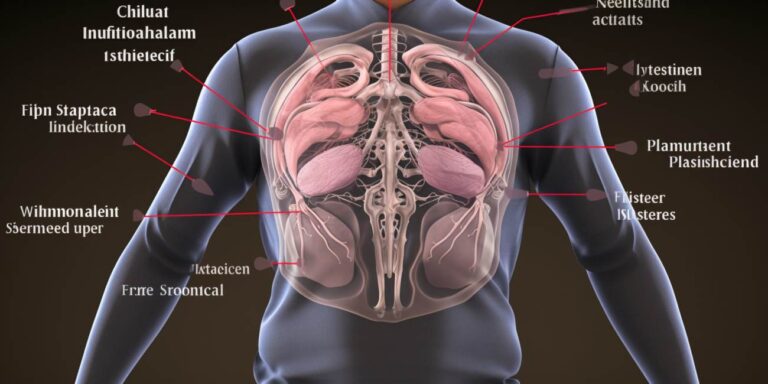Welcome to our comprehensive guide on Spigelian hernia symptoms. In this article, we will delve into the world of Spigelian hernias, exploring their causes, symptoms, and potential treatment options. Whether you suspect you may have a Spigelian hernia or are simply curious to learn more, read on to gain a deeper understanding of this condition.
What is a spigelian hernia?
A Spigelian hernia, also known as a lateral ventral hernia, is a relatively rare type of abdominal hernia that occurs along the edge of the rectus abdominis muscle. Unlike more common hernias, such as inguinal hernias, Spigelian hernias typically develop through a weakness or opening in the abdominal wall, rather than at natural anatomical openings like the groin or umbilicus.
Causes of spigelian hernias
The exact cause of Spigelian hernias is not always clear, but there are several factors that can contribute to their development. These include:
- Age: Spigelian hernias are more common in adults, particularly those over the age of 50.
- Obesity: Excess body weight can increase the risk of developing a Spigelian hernia.
- Pregnancy: The increased pressure on the abdominal wall during pregnancy can lead to the formation of hernias.
- Heavy lifting: Repeated heavy lifting or straining can weaken the abdominal muscles and increase the likelihood of a hernia.
Common spigelian hernia symptoms
Identifying Spigelian hernia symptoms is crucial for early diagnosis and treatment. While symptoms can vary from person to person, some common signs to watch out for include:
- Localized Pain: The most common symptom of a Spigelian hernia is sharp, localized pain along the site of the hernia. This pain may come and go and can be exacerbated by physical activity or straining.
- Swelling or Lump: You may notice a swelling or lump in the abdominal area, typically below the navel or along the side of the abdomen.
- Discomfort: Some individuals with Spigelian hernias experience a sense of fullness or discomfort in the abdomen.
- Nausea and Vomiting: In severe cases, a Spigelian hernia can lead to nausea and vomiting if a portion of the intestine becomes trapped or obstructed.
Diagnosing spigelian hernias
If you suspect you have a Spigelian hernia or are experiencing any of the symptoms mentioned above, it is crucial to seek medical attention promptly. Your healthcare provider may perform a physical examination and recommend imaging tests, such as ultrasound or CT scans, to confirm the diagnosis and assess the severity of the hernia.
Treatment options for spigelian hernias
The treatment approach for Spigelian hernias depends on their size, location, and the presence of symptoms. Common treatment options include:
- Watchful Waiting: Small, asymptomatic Spigelian hernias may be monitored without immediate intervention.
- Hernia Repair Surgery: For larger or symptomatic hernias, surgery is often recommended to repair the weakened abdominal wall and return any protruding organs to their proper position.
- Minimally Invasive Surgery: Laparoscopic surgery is a minimally invasive approach that involves making small incisions and using a camera and specialized instruments to repair the hernia.
Frequently asked questions (faqs)
Q: are spigelian hernias common?
A: Spigelian hernias are relatively rare compared to other types of hernias, such as inguinal hernias.
Q: can spigelian hernias go away on their own?
A: Small Spigelian hernias may not require immediate treatment and can be monitored, but larger or symptomatic hernias typically require surgical intervention.
Q: is surgery the only treatment for spigelian hernias?
A: Surgery is the most common treatment for Spigelian hernias, but the approach may vary based on the individual case.
Q: can spigelian hernias be prevented?
A: While you can’t always prevent Spigelian hernias, maintaining a healthy weight and avoiding heavy lifting can reduce your risk.
By understanding Spigelian hernia symptoms and seeking timely medical care when needed, you can ensure the best possible outcome and quality of life. If you suspect you have a Spigelian hernia, don’t hesitate to consult with a healthcare professional.
See also:





